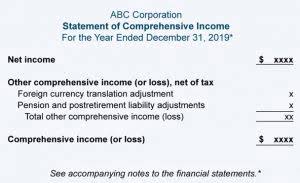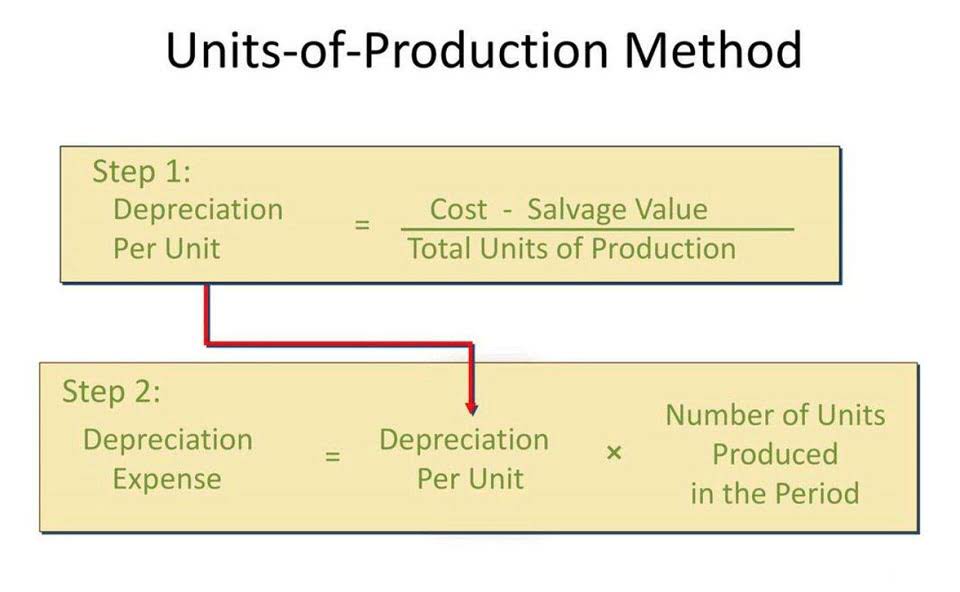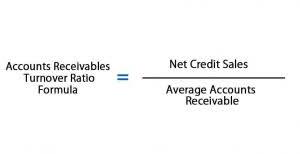
We can see that revenue and cost of goods have grown proportionally, meaning Big Jim https://offtheschool.io/understanding-the-normal-balance-of-an-account-2/ is able to maintain a consistent profit margin. While expenses went up as well, overall net income has increased, which shows solid financial performance. A senior executive at a company can’t make any decisions based on a top-line revenue figure alone. Horizontal analysis brings context to the numbers from their previous periods, but also with other metrics. A horizontal analysis can be particularly illuminating when it includes calculations of key ratios or margins, such as the current ratio, interest coverage ratio, gross margin, and/or net profit margin. In particular, take note of any measurements included in a company’s loan covenants, since it makes sense to monitor trends in these measurements that could lead to a covenant breach.

Percentage Change Horizontal Analysis

For example, an analyst may get excellent results when the current period’s income is compared with that of the previous quarter. However, the same results may be below par when the base year is changed to the same quarter for the previous year. Mike Dion is a seasoned financial leader with over a decade of experience transforming numbers into horizontal analysis formula actionable strategies that drive success.
Direct Comparison
Academic research finds that industry averages provide important benchmark compositions. Monitoring deviations through vertical analysis allows strategic shifts in capital structure. The normalization and standardization provided by converting figures into percentages of a total make vertical analysis a crucial tool for effective financial analysis and strategic decision making. In vertical analysis, the line of items on a balance sheet can be expressed as a proportion or percentage of total assets, liabilities or equity.
- This analytical method offers a dynamic view of financial health, going beyond a single snapshot.
- Understanding how the company has changed over time can better comprehend its potential future performance.
- He has been a manager and an auditor with Deloitte, a big 4 accountancy firm, and holds a degree from Loughborough University.
- Common size statements highlight changes in financial structure and composition.
Collect Data
For FP&A leaders, this form of analysis is one of the most important types that they conduct. It’s about aiming to sustain positive trends and alter negative ones, to project the best financial outcome possible and then implement strategies to make it a reality. Let’s dive deeper into horizontal analysis, its practical applications, and technological solutions to help you improve it’s use in your business. See how AI-powered collaboration helps finance teams align faster and drive clarity, ownership, and action across the business. The current year, that is the question of the same company has reported net revenue of $20 million and retained income of $52 million.

Horizontal Analysis using Balance Sheet
Businesses can improve their performance by taking the necessary steps to address any issues. Ernst & Young found that 70% of businesses using vertical analysis were able to identify key areas for operational improvement. Horizontal analysis involves the calculation of percentage changes from one or more years over the base year dollar amount. The following two examples of horizontal analysis use an abbreviated income statement and balance sheet information where 2019 represents the base year. For demonstration purposes, the percentages have been rounded to the nearest whole number.
Horizontal vs Vertical Trend Analysis

It is also useful for inter-firm or inter-departmental performance comparisons as one can see relative proportions of account balances, Mental Health Billing regardless of the size of the business or department. Horizontal analysis may be executed in a manner that makes a company’s financial health look way better than it is. It is mostly done by companies when presenting external stakeholders with information about the business in a bid to deceive them. Items such as expenses, current assets, liabilities, among many others may have been added or removed when compared to the base period and, as balances are compared sequentially, this leads to a loophole. As business owners, the compilation of financial statements is usually the only measure taken to represent financial health.
- For example, to find the growth rate of net sales for 2015, the formula is (Net Sales 2015 – Net Sales 2014) / Net Sales 2014.
- Horizontal analysis had made the information easy, especially in FAR (Financial Accounting and Reporting) and BEC (Business Environment and Concepts) sections for CPA candidates.
- The DuPont analysis model was developed by Donaldson Brown, an electrical engineer who worked at DuPont Corporation in the early 1900s.
- Vertical analysis is conducted on financial statements over multiple periods and can be used to identify ratio changes.
- For example, you can use vertical analysis to compare a company’s net income from last year to its net income from this year as a percentage of revenue.
Create a free account to unlock this Template
These changes express how much a specific financial item has increased or decreased over time in terms of a percentage. Analyzing percentage changes helps you determine not only the magnitude of the change but also its direction, whether it’s positive or negative. Given below is a horizontal analysis in excel of a comparative income statement (i.e. year 1 – base, year 2, and year 3).
Horizontal analysis of Wipro’s financial statements over two years provides insights into the company’s changing financial performance. While revenues declined slightly, Wipro improved gross profit margins and operational cash flows, indicating effective financial management despite a marginal drop in overall profitability. On the balance sheet, vertical analysis displays the financing structure in terms of percentages of assets. Seeing the ratio of current assets to fixed assets shows the company’s investment in liquidity versus long-term productivity. And analyzing liabilities and equity as a percentage of total assets illustrates the degree of financial leverage being used.
